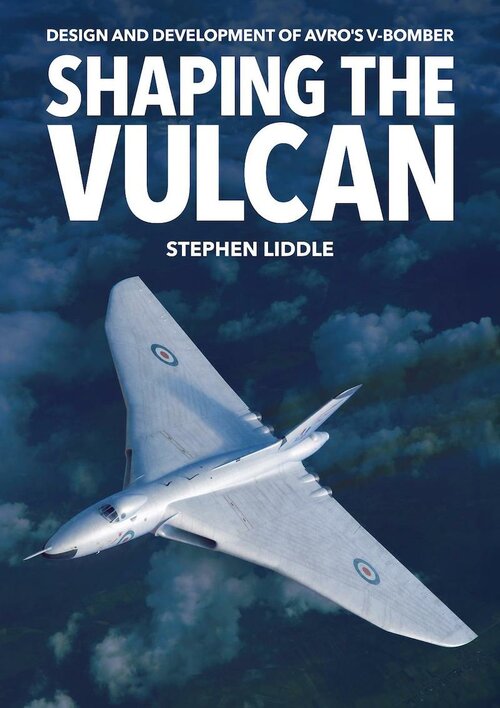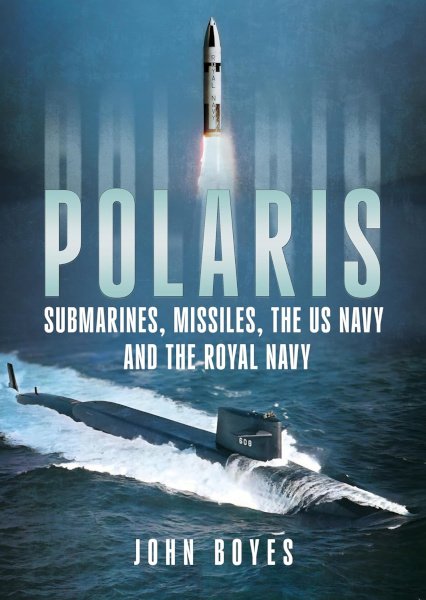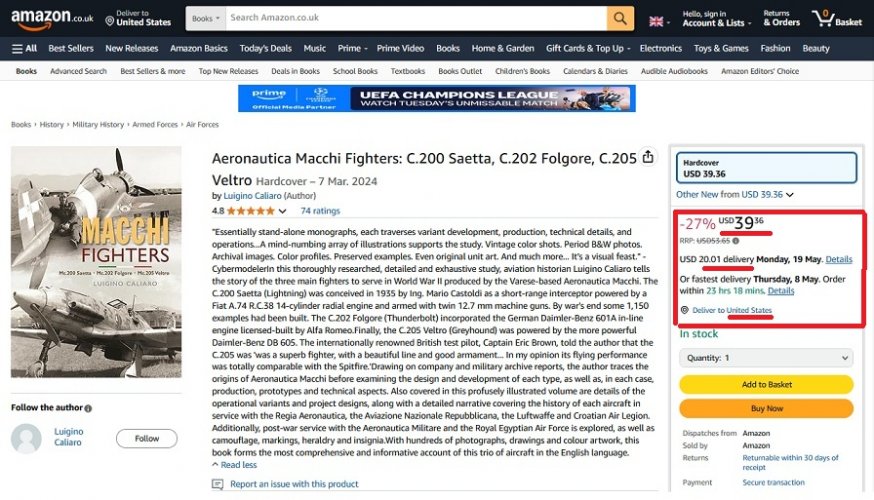Ride Along with a Real Top Gun and Get His View from the Cockpit
You’ve heard him as host of the Fighter Pilot Podcast. More than 100k listeners have been waiting for this book.
Now ride along. From the cockpit of a Navy jet circling overhead, an aircraft carrier—1,000 feet long and displacing 98,000 tons—looks no bigger than a child’s toy. No wonder the fighter pilots call it a boat. Try landing on one of these bucking broncos without boltering.
TOPGUN instructor and seasoned naval aviator, E. Vincent “Jell-O” Aiello takes readers on an exhilarating flight from being a wide-eyed eight-year-old peering into a jet’s cockpit at the Point Mugu Airshow to flying one. Not the Hollywood version by any means, Vincent explains his tough, terrifying, and trusted path to flying America’s war planes.
With heart (spoiler alert), Vincent recounts the
- Challenges of flight school,
- Terror of his first carrier landing (and many after),
- Importance of family back home for those serving our country, and
- Hard-earned lessons about life when viewed from the cockpit.
From flying F/A-18 Hornets on missions worldwide, to serving in Iraq and Afghanistan, to teaching the art of air combat at TOPGUN, Jell-O brings you into the adrenaline-fueled world of naval aviation while proving that persistence is a pilot’s most valuable skill.
After retiring from the Navy with more than 3,800 flight hours and 700 carrier landings, Vincent, now an airline pilot, hosts the popular Fighter Pilot Podcast, where he explores the fascinating world of air combat with stimulating revelations about—
- The complex, multi-million-dollar aircraft,
- The lethal weapons systems they employ, and
- The fearless people who protect our country every single day.
This is the personal story of a boy with big dreams who became the man behind the yellow visor.
Grab your copy today! And then, "Strap in," as Rear Admiral Mike “Nasty” Manazir, TOPGUN fighter pilot and former commander of the USS Nimitz, says, because this is an "adrenaline rush from the first page.”








